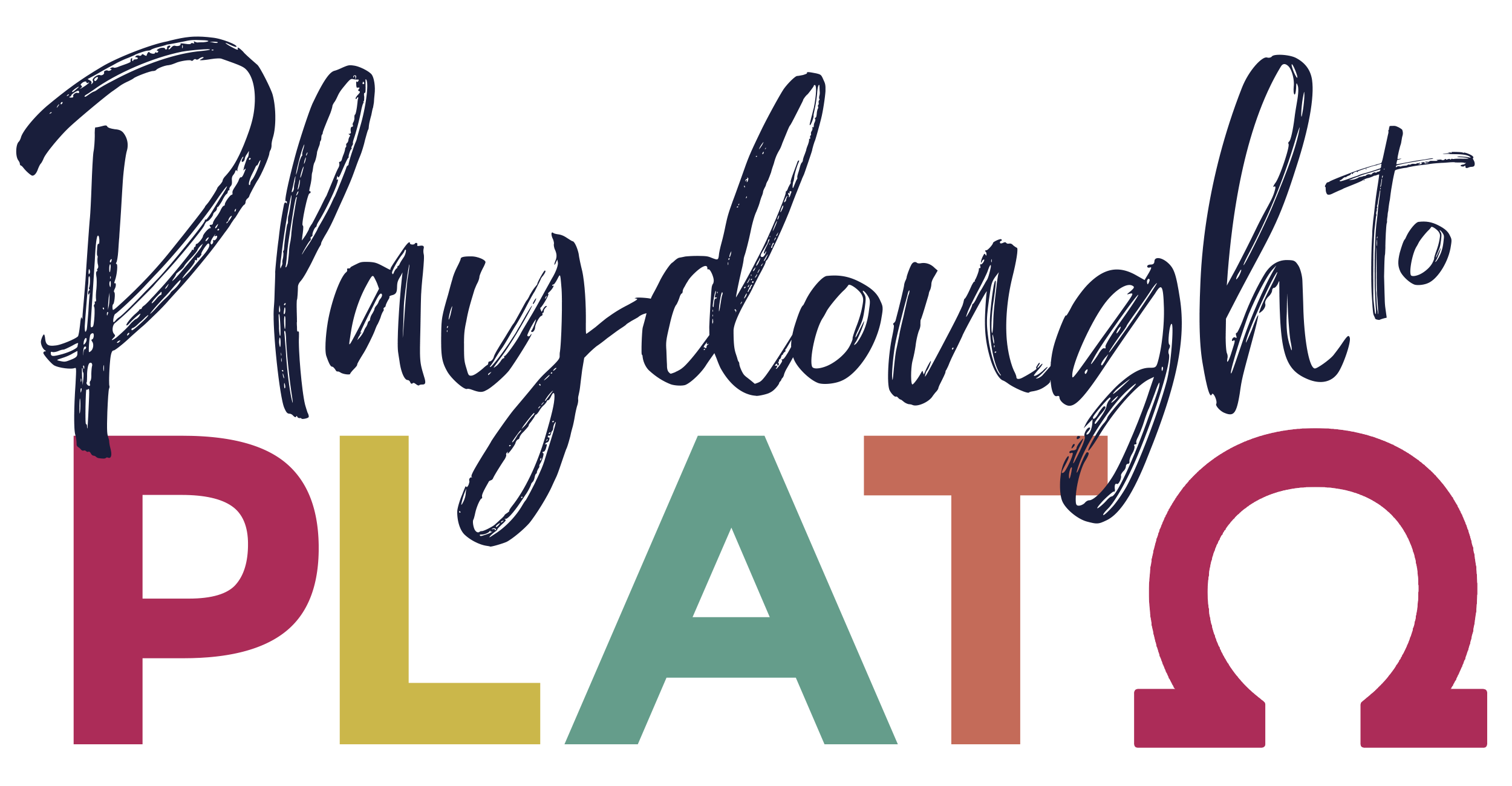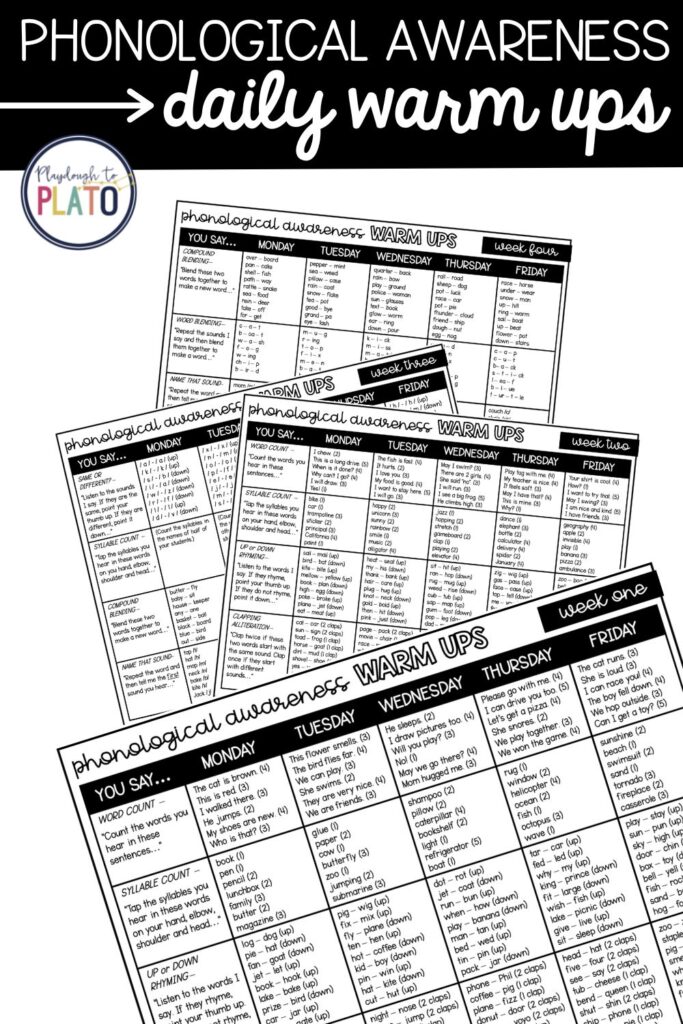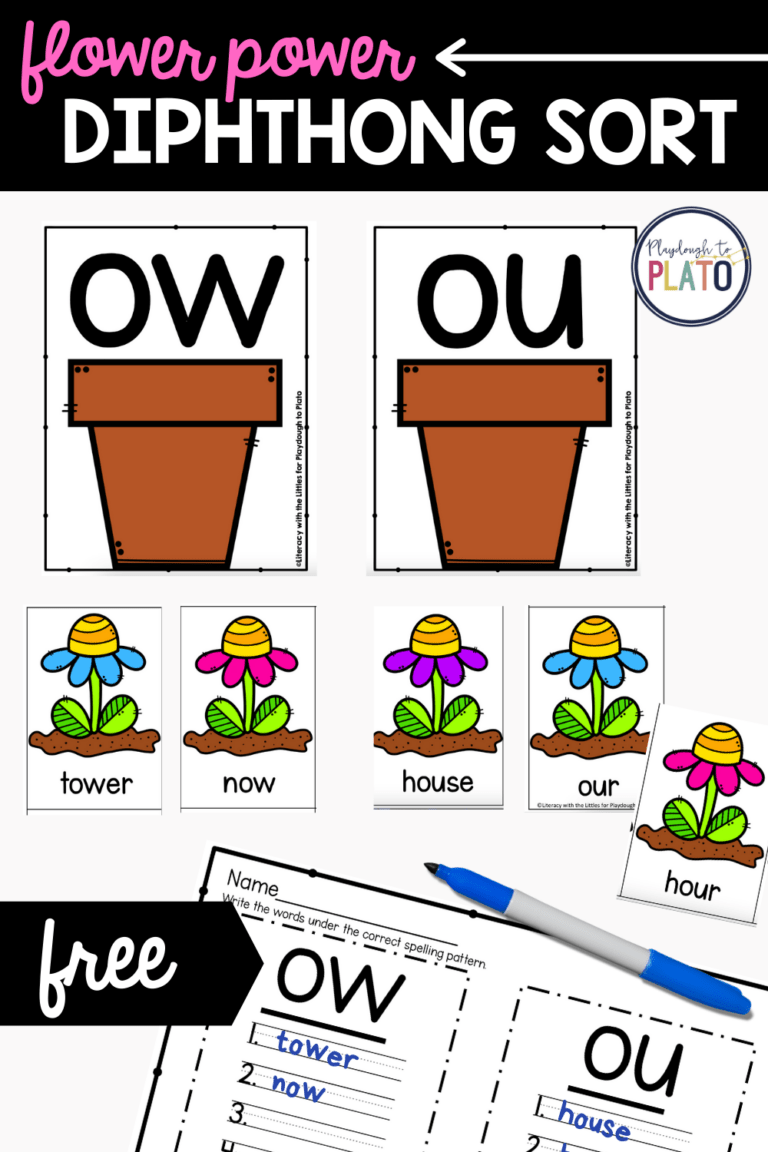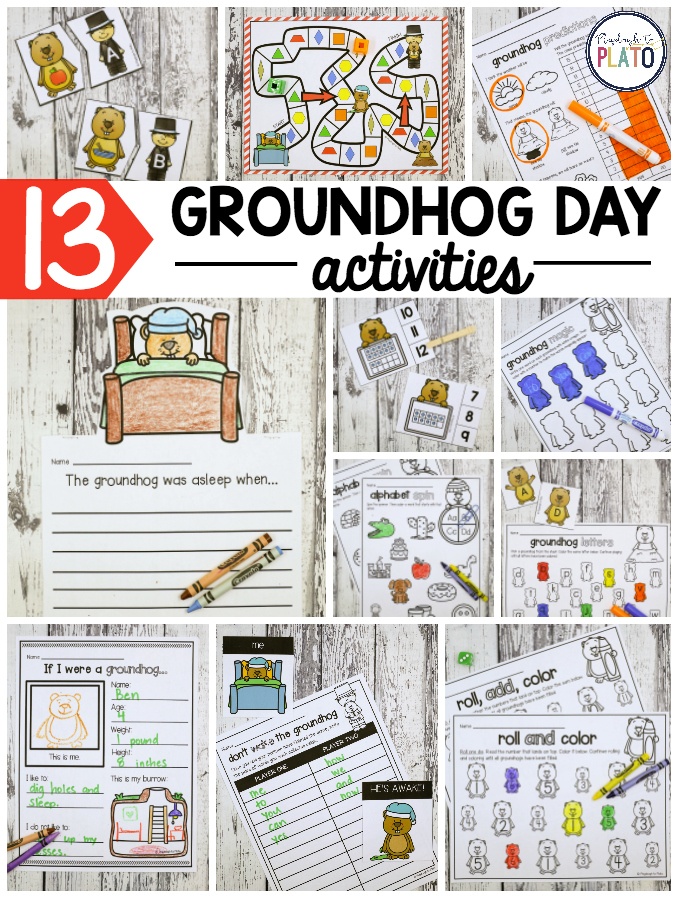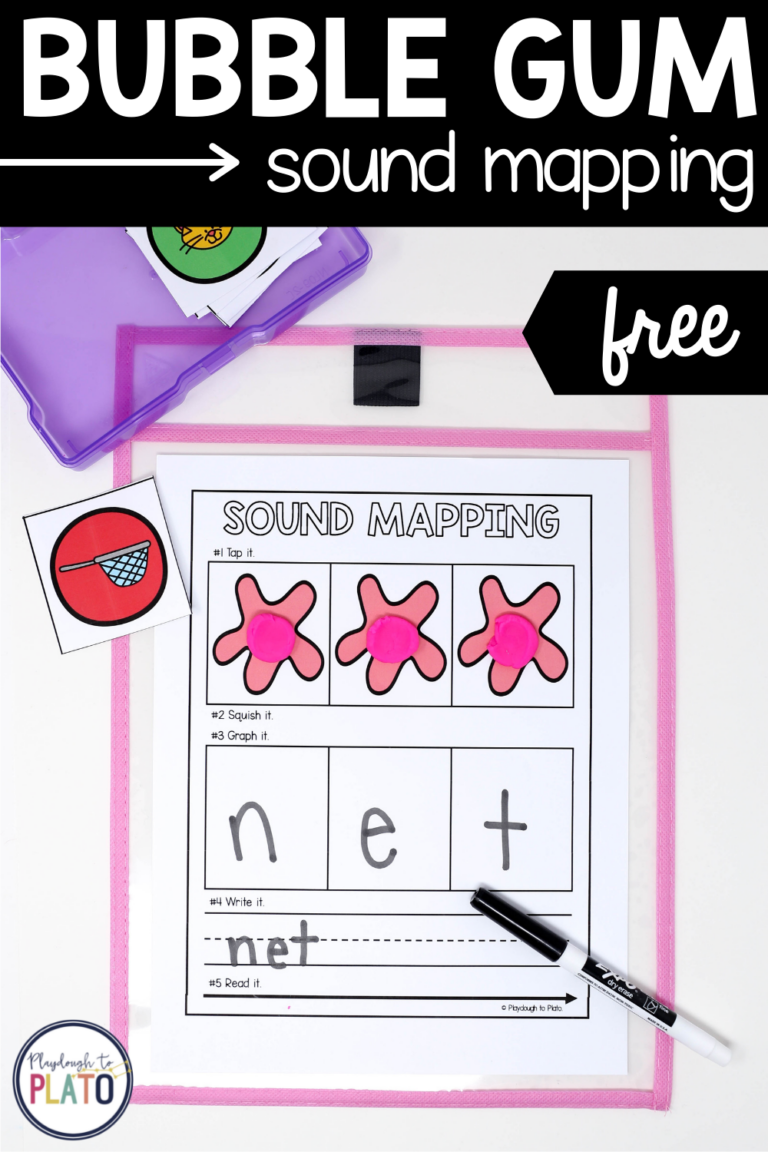The term “phonological awareness” gets thrown around a lot these days because science of reading research has proven that it’s the key to preventing many reading difficulties. But what is phonological awareness? And how often should students practice it?
Find all the answers below and then hop over to grab a year’s worth of no prep 5-minute warm ups that make it easy to practice phonological awareness every day of the week.

The first time I heard about phonological awareness, my hands started sweating. I didn’t know what it actually meant yet, but something deep down in my gut told me that those two little words were about to turn my world upside down. Boy, was that an understatement!
Research has pinpointed phonological awareness as a pivotal key to unlocking students’ reading growth. In fact, it is such a critical piece of the puzzle that many literacy experts including David Kilpatrick recommend practicing it in every classroom through fifth grade because it helps students’ brains build the neural pathways they need to be able to hear and manipulate sounds when they are reading.
Just like a house cannot be steady and strong if the foundation has cracks, readers are likely to struggle if they have gaps in their phonological awareness skills…
Clearly, phonological awareness is not just for kindergarteners anymore.
What Does Phonological Awareness Mean?
To understand phonological awareness, it helps to focus on the very first syllable: PHON. It means “sound” in Greek and just like you hear your friend’s voice and interpret her words on a phone, phonological awareness means hearing the individual sounds in spoken language and then moving and manipulating them. Because this skill is completely focused on sound, you can actually do it with your eyes closed.
If you heard someone describe phonological awareness before, they likely called it an “umbrella term” because it includes five different skills:
–> Sentence segmenting: Breaking sentences into words.
–> Syllable segmenting: Breaking words into syllables.
–> Rhyming: Pairing words that end with the same sound.
–> Alliteration: Naming two or more words that start with the same sound.
–> Plus phonemic awareness: Hearing and manipulating the individual sounds in words.
And phonemic awareness (that last one on the list!) actually covers SIX skills all on its own:
–> Phoneme isolation: Identifying a specific sound in a word.
–> Phoneme blending: Stringing together individual sounds to make a word.
–> Phoneme segmentation: Breaking apart the individual sounds in words.
–> Phoneme addition: Adding another sound to words.
–> Phoneme deletion: Taking away sounds from words.
–> And phoneme substitution: Swapping out one sound in a word for another.
Whew! That’s A LOT of vocabulary.
How Do You Practice Phonological Awareness?
Since we know that literacy experts like David Kilpatrick recommend having students practice phonological awareness every day through fifth grade, the natural next question is how can you do that?
And the exciting news is that, since it’s all about hearing and can be practiced with closed eyes, there are no fancy tools required. You don’t need to stay up late cutting out complicated centers or spend hours laminating card stock…
In fact, prepping an entire YEAR’s worth of 5-minute mini lessons can be as simple as hitting print when you grab these done-for-you warm ups in our shop or on Teachers Pay Teachers!
Just hit print and read the prompts. That’s all it takes! Building students’ rock solid phonological awareness has never been easier.
Here’s What Teachers Are Saying…
I don’t just want you to take my word for it about what a game changer these phonological awareness warm ups are, I really want you to hear from other teachers who have used it in their classrooms.
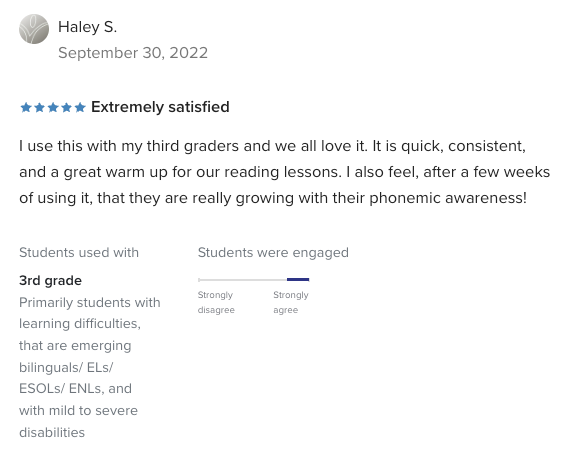
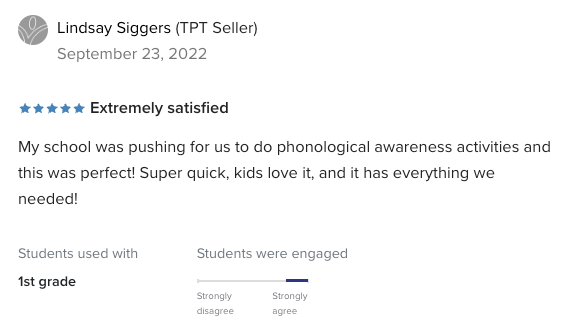
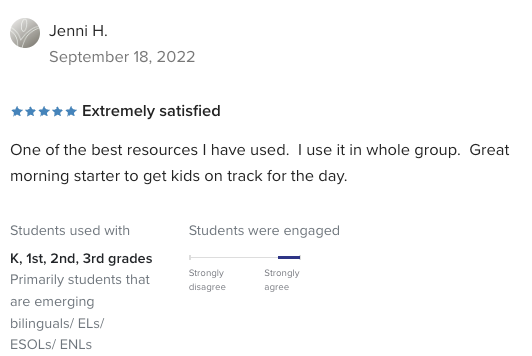
Snag your set of these print-and-go phonological awareness warm ups in our shop or on Teachers Pay Teachers!


